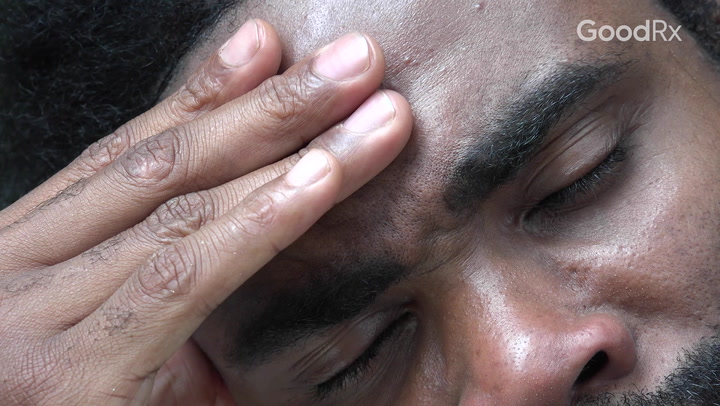
What Is Bell’s Palsy, and How Can You Treat It?
Key takeaways:
Bell’s palsy causes sudden weakness of the muscles on one side of the face.
It is due to inflammation of the facial nerve, although it’s not exactly clear what the inflammation is from.
Most people with Bell’s palsy recover over weeks to months, and steroids and physical therapy can help with recovery.

Bell’s palsy is a condition that causes paralysis, or weakness, on one side of the face. It is due to a problem with the facial nerve that controls the muscles in the face. It is thought to be due to a viral infection, although the exact cause isn’t known. For this reason, Bell’s palsy is also called idiopathic facial palsy — “idiopathic” means unknown cause.
What are the symptoms of Bell’s palsy?
The main symptom is weakness, or drooping, on one side of the face. In addition to the muscles in the face being weak, taste is also affected. This is because the facial nerve also controls taste in most of your tongue, as well as the muscles in the middle ear and the salivary and tear glands.
For this reason, symptoms of Bell’s palsy include:
Facial drooping on one side
Inability to close the eye on the same side of the face
Excessive tears or saliva
Altered sensitivity to noise
Altered sense of taste
Search and compare options
Sensation over the weak half of the face is usually unaffected.
The severity of Bell’s palsy symptoms can vary from person to person. They appear pretty quickly and are at their worst within 3 days of onset.
Is the facial paralysis permanent?
Having Bell’s palsy can be scary at first, but the good news is that the outlook is favorable. Recovery begins within a few weeks for approximately 85% of people. For some, though, it may take longer. Bell’s palsy is known to resolve on its own in most cases, meaning people will regain facial muscle strength. In one study, only 4% of people had severe, lasting facial weakness, and none had complete paralysis.
Recovery is more likely for people who:
Don’t have diabetes
Are younger than 40 years of age
Have less severe Bell’s palsy symptoms
What causes Bell’s palsy?
Under the microscope, the facial nerve appears to be inflamed and irritated. Because it’s swollen, the nerve is then compressed and damaged where it exits the skull through a tiny opening. It’s not quite clear, however, what causes the inflammation. Viral infection is thought to be the most common cause. Research has pointed to herpes viruses and even SARS-CoV-2, but the evidence is not solid.
Read more like this
Explore these related articles, suggested for readers like you.
Some people are more likely to get Bell’s palsy. Risk factors include:
Upper respiratory illness
Can physical therapy help with the symptoms of Bell’s palsy?
Yes. Research suggests that physical therapy is helpful for people with Bell’s palsy. Working with a physical therapist can improve the strength and coordination of your facial muscles. This can help your ability to make facial expressions and chew, among other things.
What other treatment options are available?
Corticosteroids (or simply “steroids”) are recommended as first-line treatment for Bell’s palsy, as there is good evidence to support their use. Steroids are powerful anti-inflammatory medications that can be taken by mouth.
Antiviral medications, such as acyclovir (Zovirax) and valacyclovir (Valtrex), may be prescribed, but there is not enough evidence to support their use alone. They may provide some benefit when used in combination with steroids. This combination of antiviral medication and steroids is commonly prescribed for more severe cases. It should also be noted that antivirals have not been approved by the Food and Drug Administration (FDA) for treatment of Bell’s palsy, so this would be considered “off-label” use.
Last, eye care is important for those who are unable to close their eye on the affected side. Artificial tears and taping the eye shut can protect the cornea and keep the eye from drying out.
Is Bell’s palsy a sign of a more serious condition or disorder?
Bell’s palsy is not usually a sign of something more serious. However, other conditions can cause facial paralysis similar to that of Bell’s palsy, so getting a correct diagnosis is important. For example, multiple sclerosis, strokes, and tumors are all capable of affecting the muscles in the face. It’s important to get medical attention if you have facial weakness to rule out more serious problems.
The bottom line
Bell’s palsy is a condition in which one side of the face suddenly becomes paralyzed. The exact cause is often difficult to determine, but most people recover well, especially when treated with steroids. If you experience weakness in one side of your face, be sure to contact your healthcare provider as soon as you can. They can help you confirm the diagnosis and start treatment.
Why trust our experts?






























